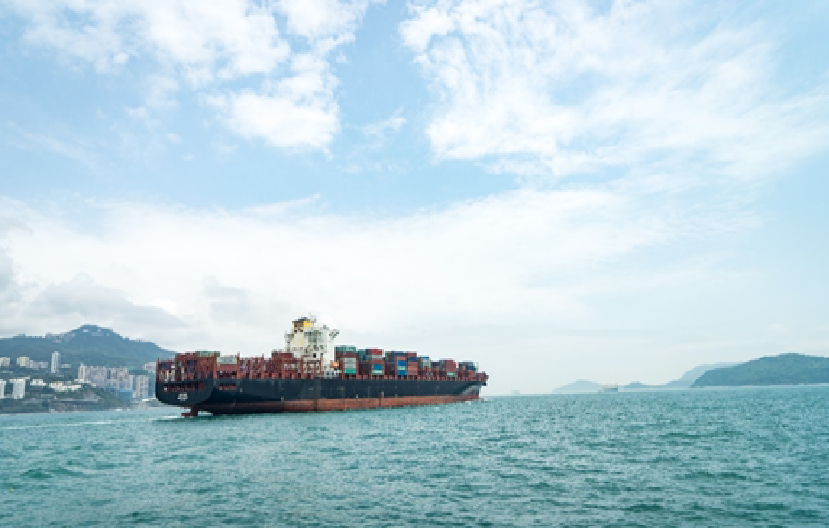Fuel Consumption | On board Spares | Predictive Maintenance | Equipment Reliability
2019 is promises to be a remarkable year for the Ship Owners & Ship Managers, as it inches close to 2020 compliance. Existing vessels can significantly bring down their operational costs, thanks to rich data brought in actively by Digital Automation & Smart Sensors.
The “must automate” areas include fuel, spares, maintenance, crew, dry dock etc. amongst others including route optimization, weather, emissions & port efficiencies. It is a no brainer that technology can bring in substantial cost savings across multiple maritime processes.
3% to 7% cost savings through digital automation & analytics

Fuel Consumption
2019 will be rewarding for all those companies that undertakes automation exercises. Much talked about low sulphur fuel compliance is further going to drive costs higher. With competitive freight, often lop sided demand supply balance: margins continue to deplete.
While new vessels are being designed keeping all these compliances, the older ones must address fuel optimization as one of the key areas for cost savings. Optimum fuel planning, predictive budgeting and accurate financial visibility is what data analytics and digital platforms offer.
Digital Technologies are riding high on smart sensors and analytics to plan fuel utilization for a sector, for a given laden state, for a route considering weather and other variables. While the ship managers may be struggling to stay in budget , technology is the only aid that is helping them contain costs through smart alerts, identifying business leakages & control features.
Digital automation is further aiding the remedial measures taken up such as, Hull coatings to reduce the drag , biofouling and Propeller optimization to reduce the fuel consumption directly.

Voyage & Vessel Performance
Improvement of Vessel performance has always been the Achilles heel for ship managers and ship owners who have been fighting to improve their bottom line for a very long time. This can be overcome with the help of Internet of Things (IoT), data collection from PLC’s, Machine learning & and artificial intelligence.
With the help of connected devices on vessels and ashore, communication network can be improved resulting into real time information sharing and empowering the management to take prompt decisions; accurate information about the vessel’s location, its engine and other metrics can be used to optimize the routes and enhance other performance parameters of the vessel leading about 5% to 7% higher margins in the voyage. Machine learning and artificial intelligence are being used to interpret the variables and predict the outcome, thereby enabling necessary actionable measures; resulting into overall performance improvement.
Spares Management
Often ships have spares to the tune of $ 0.5 million to 1 million, with monthly maintenance costs varying in range of $ 11000 to $ 20000. Spares in the inventory is a substantial locked capital and optimizing spares based on their historical usage, vessel’s age, voyage being taken and maintenance history: Data analytics algorithms will accurately recommend the amount of spares that a vessel should carry. Predictive Diagnostics ensures limiting the downtime of vessels resulting from the unavailability of critical parts in the stores.
Amalgamation of RFID systems, IOT, Cloud and Analytics will expedite movement and storage of all the spares and just in time ordering of new parts when needed. Furthermore integration with Port Provisions will optimize requirements of critical parts at best prices.
Predictive Maintenance
This is saving maritime organizations in the range of 3% to 11% in overall maintenance budget. Poor maintenance can considerably reduce the vessel’s overall efficiency and may cause unexpected failures leading to safety hazards and accidents. At the same time scheduled maintenance routines can often take away precious millions (especially those that can be deferred). Preventive maintenance strategies can also be counterintuitive considering the cost of increasing the uptime by early replacement of parts or using the past experience and data to change the parts irrespective of their condition. Implementation of predictive maintenance driven by Smart Sensors, Data Analytics is helping organizations save millions across their fleet

